Bengalis are best known for ‘Rasgulla’. If there is any single food which can describe Bengal and Bengalis completely that would be definitely rosogolla. If you are chubby and live outside of West Bengal or you belong to a group where mostly your friends are non-bengalis; you have no other choice but to accept your nick name as ‘Rasgullah’.
‘Rasgulla’ is a famous Bengali dessert. It is nothing but sweet dumplings made of cottage cheese. They are soft and spongy filled with sugar syrup. Sometimes tiny holes are made at center of ‘Rasogolla’ to make it extra light and puffy.
There are many variations of rasgulla,for example, RajBhog, Komola Bhog etc. Rajbhogis a larger version of regular Rasgulla. During winter jaggery version of Rasogolla is found in different sweet shops of Bengal. Komola bhog is orange colored rasgulla slightly bigger than the regular version. Sometimes it is filled with saffron or dry fruits in the middle and mostly these special type of sweets are available during festive seasons.
It was Bijoya (tenth day of Durga Puja) last week and on this day every Bengalis celebrate their togetherness with sweets. We call it ‘Mishti Mukh kora’. As I could not make it to my hometown this year during Durga Puja I missed all those tasty ‘Kolkata Sweets’. (I also missed all those fun and gossips and many more lively stuffs. But you can’t have everything at once; Never mind.)
So I made some Komola bhogand Mishti Doi (sweet yogurt) to please my tummy and to satisfy my Bong soul on this Bijoya.
Today I will share is the recipe of the Komola bhog. I’ll add on the recipe of Mishti Doi some other day. The Mishti Doi recipe is added to the blog already.
Ingredients for Chenna or Cottage Cheese:
Skimmed milk (fat free): 2 liters. (See Tips)
Orange juice: ½ cup (if it does n’t give you satisfactory result add more juice)
Saffron strands: few threads
Baking powder: 1/2 tsp
Baking powder: 1/2 tsp
Caster sugar: 2 tbsp (I used regular crystalline sugar)
Semolina: 1 tbsp (optional) (See Tips)
Pistachio: slivers (optional)
Nokuldana: same no of komola bhog you are making (optional)
Orange essence: 1-2 drops (optional; as I dint have it, I skipped this)
Ingredients for Sugar Syrup:
Sugar: 3 cups
Water: 4 + 1 cups
Cardamom powder: 1 tsp
Preparation:
Boil the milk in a large heavy bottomed pan.
Once it starts boiling, let it boil for few mins and then switch off the flame. Don’t touch the pan. Wait for few more mins until a layer of cream is formed on the top of the milk. Remove it and put the pan back on medium-high flame.
Once it starts boiling turn off the flame and pour the orange juice little by little. (See Tips)
Once you notice the milk is curdling stop adding juice.
Wait for few mins to let the entire milk curdle. By this time you will notice whey has separated completely.
Prepare a colander covered with muslin in the sink (a large piece from any thin cotton garments will work fine here). Or arrange a lager vessel beneath the colander to discard the whey and reserve the chenna.
Pour the chennawith whey in the colander.
There is no need to keep it under running water as we want to reserve the aroma of orange. Don’t get tempted to touch it. It is too hot now.
Squeeze out the water from chenna as much as possible and hang it somewhere just above the sink for 30-45 mins. You can hang anywhere you want but I prefer to keep it near sink to avoid extra mess.
Don’t keep it hanged more than 45 mins. It will make the chenna too dry and hard to form rasagullas. The chenna should be dry but moist.
Knead the chennawell with the help of your palm until it is smooth and light. It will take approximately 20-30 mins. Don’t stop in between otherwise the chenna will harden due to exposure to air. If your hands are paining badly, cover the chenna with a heavy bowl to avoid air contact. Use your kitchen counter for kneading purpose. It will give you the best support. (See Tips)
When chenna is as smooth as cream (similar not literally), add sugar and knead well until it is smooth.
Then add semolina and baking powder and knead again until it blends with the rest.
Keep the dough covered for 10-12 mins.
If you still find your dough too moist to handle sprinkle 1-2 tsp all-purpose flour. (See Tips)
Take a small portions from the dough and make a round ball with crack free surface. Don’t be afraid if your dough is not forming exact shape of a ball. It’s okay to have tiny winy pokes but cracks on the surface are strictly No-No.
Now poke a hole in the middle of each ball and fill it with a nokuldana and 2-3 strands of saffron with pistachio strands. Seal it carefully without leaving any cracks on the surface. And make a round ball again.
Follow same procedure for rest of the dough. Leave the balls covered with paper towels for few mins. It will absorb excess moisture from the balls. (if any.)
Take a pressure cooker. Add water for syrup and bring it to boil without the lid.
Once the water starts boiling add sugar and stir continuously.
Once sugar is dissolved add cardamom powder and let it boil for few more mins.
Now add chennaballs gently in the pressure cooker one by one. Don’t add many balls together otherwise they will break into pieces due to collision. Be careful at this step as chenna balls are too tender to handle now.
Cover the lid with weight and wait till 1 whistle. Don’t get tempted to keep the lid for longer duration. (See Tips)
Remove the lid and let the syrup boil on high flame without the lid for next 10 mins. As I had to start my next batch with the pressure cooker, I used another pan for it. you can ofcourse use the pressure cooker itself without the lid.
Now poke one komola bhog with the back of a spoon. If it gets back the shape, komola bhog is done.
Boil it for another 5-10 mins and turn off the flame. Leave it as it is with a lid for another 30 mins.
Let it cool for few minutes and then transfer it to the serving bowl.
Garnish the KamolaBhog with saffron strands and sliver of pistachio. You can decorate according to your taste and wish.
Serve hot or cold. But according to me it tastes best when warm.
Store them in an air tight container in refrigerator. They can be stored up to 1 week in refrigerator.
Tips:
1. If you are making Rasgulla, Rasmalai, Komola bhog, Rajbhog or anything which follow the basic process of making rasgulla always consider fat free milk. Never opt for full fat milk. It is a misconception that more fat you will add, better your rasgulla will be. The fact is if you use the fat in the process, your rasgulla will be soild and heavy. And when it will be added to the sugar syrup it won’t get puffy and juicy. Lesser the fat you will use from your milk spongier your rasgulla will be.
2. Semolina gives a similar texture of Khoya to the dough.
3. If orange juice fails to produce ‘chenna’ of desired quality from milk, add little lime juice to it..
4. Non glossy wooden surface is best for kneading the dough for rasgulla.
4. Non glossy wooden surface is best for kneading the dough for rasgulla.
5. If there is excess moisture in your dough add little flour to it as it will absorb the excess moisture from the dough and this will also help to give it a shape later. Don’t use more than 2 tsp of it asin such case your komola bhog will definitely have perfect round shape but they will also become rock hard.
6. If you keep komolbhog in the pressure cooker for more than 1 whistle, the surface of the komola bhog will be hard and chewy. And the texture will become rubbery as well.
7. If you find komolabhogs are bit pale in color, add pinch of yellow color in the sugar syrup while boiling.
6. If you keep komolbhog in the pressure cooker for more than 1 whistle, the surface of the komola bhog will be hard and chewy. And the texture will become rubbery as well.
7. If you find komolabhogs are bit pale in color, add pinch of yellow color in the sugar syrup while boiling.



























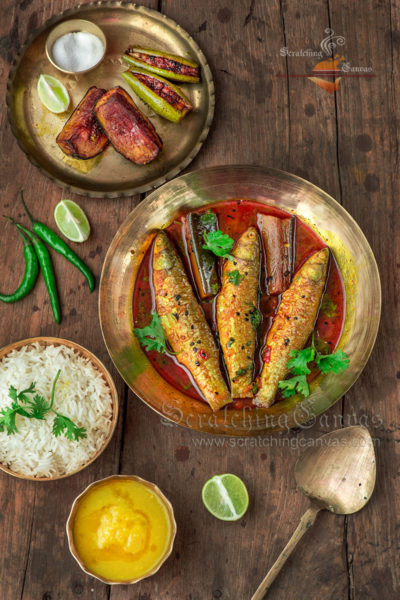
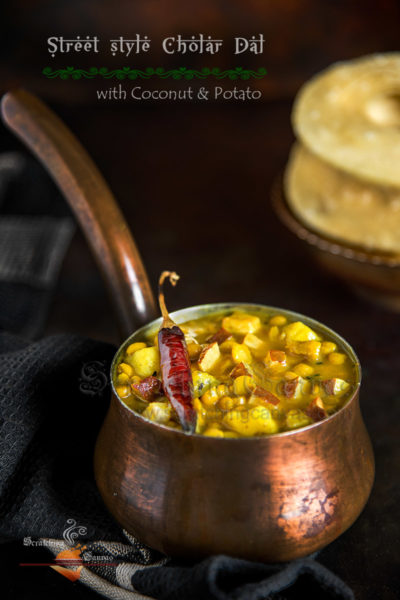
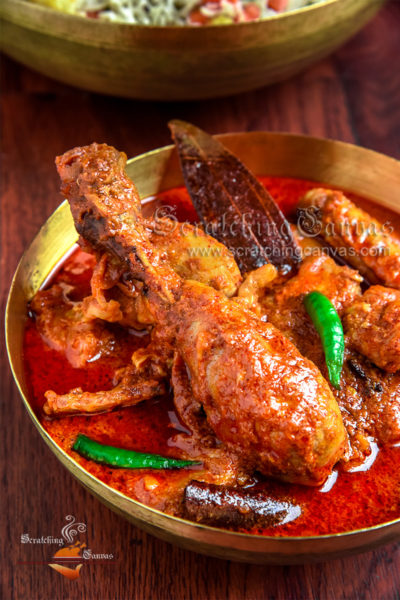
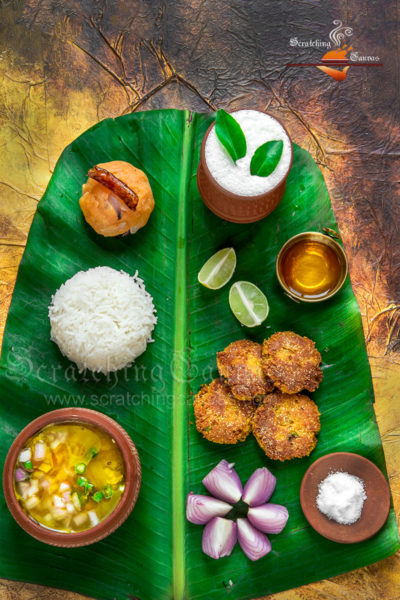
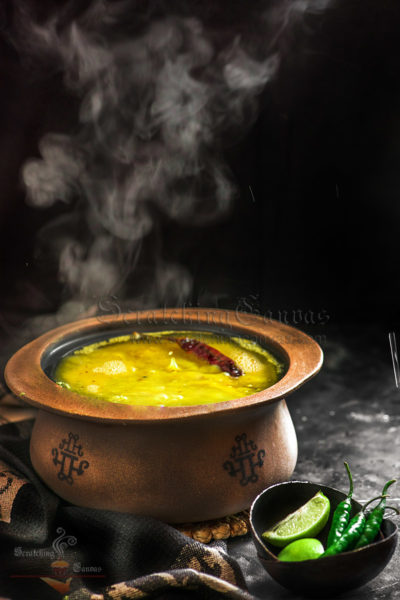
Leave a Reply